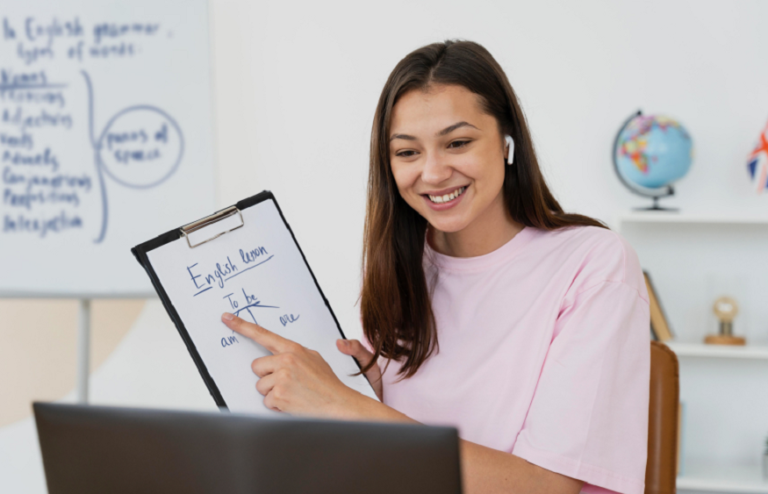The first part of the article recommends teaching strategies that are easily applicable in the classroom. The second part is aimed more at beginning teachers and suggests practical tips for teaching more effectively.
Teaching strategies and plurality of learning
Teaching skills involve more than just expertise in an academic area. It is indeed a question of paying particular attention to the plurality of learning and to the various modes of transmission of knowledge in increasingly heterogeneous classes.
Visualization and practice
By transmitting the material in a more concrete way, with visual and practical learning experiences, students can generally better assimilate, apply and understand the value of the concepts taught. For example, you can use an interactive whiteboard to display photos, audio clips, and videos; Also, you can organize classroom experiences and local field trips to invite students to see things from a more concrete point of view.
You can also post rubrics, diagrams and anchor charts on the walls of the classroom, encouraging students to refer to them as needed. Posters have the benefit of providing visual stimulation, contributing to the overall tone of the environment, which is optimistic and collaborative.
Class management and delegation of tasks
Managing a classroom requires paying attention to many different things: handing out papers, recording work, organizing and tidying the room, finding supplies, filling out attendance sheets, and more. This is just a small fraction of the tasks teachers must complete to successfully manage their classrooms.
Therefore, it is about delegating what you can. Assigning specific tasks promotes a sense of responsibility and helps students develop communication and leadership skills. Plus, it can be a really fun and helpful way to encourage students to take an active role in the running of their classroom.
Cooperative learning
It is by encouraging students to work cooperatively, in small groups or as a whole class, that they will gradually develop their self-confidence and improve their communication and thinking skills, by learning to express their ideas verbally.
It is a coordinated effort to find answers, research, or create a project to which each member of the group contributes equally. Everyone is assigned a role based on their skills; collaborating with peers allows us to hold each other accountable.
Solving mathematical problems in a group, conducting scientific experiments with others or acting out short theater scenes are examples of cooperative learning. Your role as a teacher consists, in these sequences, of leading the groups and guiding their objectives.
Inquiry-based learning
Inquiry-based learning is a teaching method that prioritizes students’ curiosity and analytical skills. Students work to find the answer to an open-ended question or problem, using deductive reasoning, based on clues, evidence, to work toward a logical conclusion.
As a teacher, you will lead students toward more critical and understanding thinking, encouraging them to think for themselves and become more independent learners. In this sense, they will gradually improve their problem-solving skills and acquire a more in-depth understanding of the concepts essential to their program.
Concretely, the students’ investigations will seek to mobilize objective knowledge (for example, “why does my shadow change size?” or “is the sum of two odd numbers always an even number?”) or open discussions (“should poems rhyme?” or “should all students wear uniform?”).




















+ There are no comments
Add yours